#Marcus Gheeraerts the Elder
Explore tagged Tumblr posts
Text
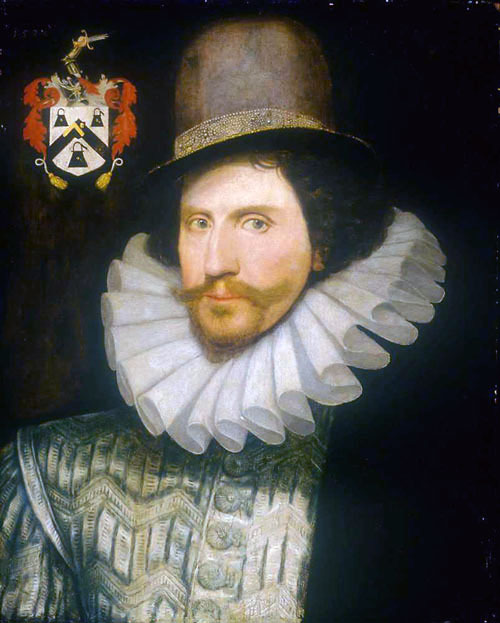
1586 Marcus Gheeraerts the Elder - Sir Henry Palmer, Knight
(Memorial Art Gallery of the University of Rochester)
74 notes
·
View notes
Text
For #WorldBeeDay 🐝 + #BearAwarenessWeek🐻 :

Marcus Gheeraerts the Elder (Flemish, c.1520-c.1590) Fable of the Bear and the Bees Bruges, 1567 print, etched & hand-colored, H 95 mm × W 112 mm Rijksmuseum RP-P-1996-70
#animals in art#animal holiday#european art#illustration#etching#print#Marcus Gheeraerts#Flemish art#Renaissance art#bear#brown bear#bee#bees#honeybee#honeybees#beehive#beehives#beekeeping#apiary#fable#Rijksmuseum#World Bee Day#Bear Awareness Week
17 notes
·
View notes
Text

Christ in Limbo, from Passion of Christ
ca. 1575/1600
Jan Sadeler, the Elder (Flanders), after Marcus Gheeraerts, the Elder
via Art Institute of Chicago
13 notes
·
View notes
Text

Marcus Gheeraerts the Elder - Chameleon illustration from page 72 of De vvarachtighe fabvlen der dieren, 1567, by Eduard de Dene (1505-1578). Typ 530.67.124, Houghton Library, Harvard University
13 notes
·
View notes
Text

Attributed to Marcus Gheeraerts the Elder, Elizabeth I - the Rainbow Portrait, c. 1600, oil/canvas (Hatfield House, Hertfordshire, England)
15 notes
·
View notes
Text

Christ in Limbo, from Passion of Christ, by Jan Sadeler the Elder after Marcus Gheeraerts the Elder, ca. 1575-1600
0 notes
Text
Also they're (supposedly) immune to the deadly gaze of a basilisk/cockatrice, and the scent of their urine is (again supposedly) one of the few things that can kill such creatures.

'I was angry before, but now I'm really pissed off!!!'
'Yeah, well, you're about to be pissed on.'
(Image is The basilisk and the weasel, by Marcus Gheeraerts the Elder. Note that the weasel's about to kick ass, they've got their flower!!!)
modern medieval fantasies don't have enough weasel-based necromancy
#weasel#medieval#necromantic weasel#basilisk#cockatrice#there is actually a difference between the two#basilisk is hatched from a serpent/toad egg after being incubated by a cockerel#cockatrice is the product of an egg laid by a rooster and incubated by a toad#*JAZZ HANDS*#folklore
11K notes
·
View notes
Text

Marcus Gheeraerts the Elder
1 note
·
View note
Text
Let’s take a closer look...
Today we are looking at Marcus Gheeraerts the Elder’s masterpiece ‘The Lamentation of Christ’, created between 1561 and 1595. Click on the link for a higher resolution image so you can admire this artwork closely.

This is an incredibly emotionally charged composition, with all the figures looking at Christ, with one even kneeling and kissing his feet. It is of course a subject matter that has been depicted in religious art countless times before, but what captures my attention in this particular work is the bold use of colour and the attribution of almost translucent qualities on the skin of the figures, especially that of Christ and the lady clothed in a dress made of a brightly coloured yellow material.

Not only this, but the dead body of Christ is ascribed a certain lyricism and nobility, in the way that is portrayed, with the crown of thorns tossed next to his left arm, with his injuries visible. Notice how the artist uses shade and light to emphasise muscles and flesh.
The artıst’s commitment to the naturalistic depiction of everyday life is demonstrated by the tears on the faces of Christ’s supporters, as seen below:

This is further supported by the skillful depiction of intricate patterns on the various fabrics brought together for this work.

Just take a look at how meticulously the artist has painted the detail on the sword and the dress of the kneeling figure. I am personally in awe of how carefully and successfully he has juxtaposed different fabrics, which, the more I look at, the more I know exactly how they would feel to touch in real life.
It is worth noting that artists of that time operated as any other profession, with commissions requests driving their daily operations. That means that the artist’s patrons would have the last say regarding what the artwork depicted, giving the artist themselves very little freedom to express their personal views or paint their prefered subject matters. However, the artist here was able to introduce and showcase his interest in patterns, texture and colour and affinity towards depicting naturalistic human qualities.
There’s so much more to be said about this work but I wanted to point out a few things that immediately caught my attention.
What do you think of this extraordinary work? I would love to hear your thoughts.
Your friendly neighbourhood art historian,
Jo xx
#Marcus Gheeraerts the Elder#flemish#flemish art#flemish painters#art#art history#let's take a closer look#textures#fabric#visual analysis
41 notes
·
View notes
Photo

The Peace Portrait by Marcus Gheeraerts the Elder, painted c. 1580-1585. It depicts Queen Elizabeth I at Wanstead. Representing Pax, Roman goddess of peace (as Latin for peace is ‘pax’), Elizabeth holds an olive branch and before her feet lies the sword of justice. In the background you can see the Earl of Leicester (Robert Dudley) speaking with two ladies, supposedly his wife, Lettice, and his daughter. One theory as to what the little dog at Elizabeth’s feet represents is that the dog is a reference to how Elizabeth once cruelly described her relationship with Robert – “You are like my little dog. As soon as he is seen anywhere, people know that I am coming, and when you are seen, they say I am not far off.“
#queen elizabeth i#elizabeth i#the peace portrait#marcus gheeraerts the elder#robert dudley#earl of leicester#lettice knollys#her majesty's retinue of queued posts#painting#portrait#english history
14 notes
·
View notes
Text



A map of Bruges, Belgium, by Marcus Gheeraerts the Elder, 1562. It is one of the earliest maps done with perspective. Gheeraerts included lots of little details of everyday life in his map, including these cows and fishermen.
{WHF} {Ko-Fi} {Medium}
196 notes
·
View notes
Photo

ab. 1550 Attributed to Antonis Mor or Marcus Gheeraerts the Elder - Anna van Egmond
(Royal Collections of the Netherlands)
86 notes
·
View notes
Photo
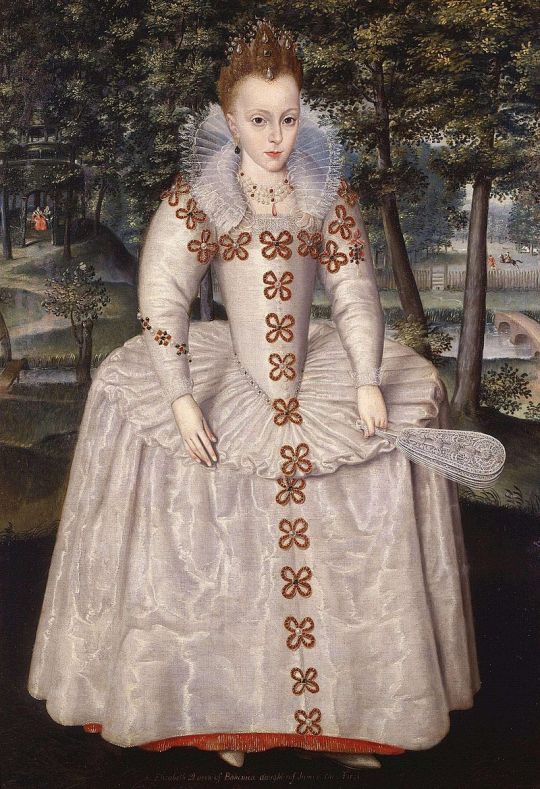
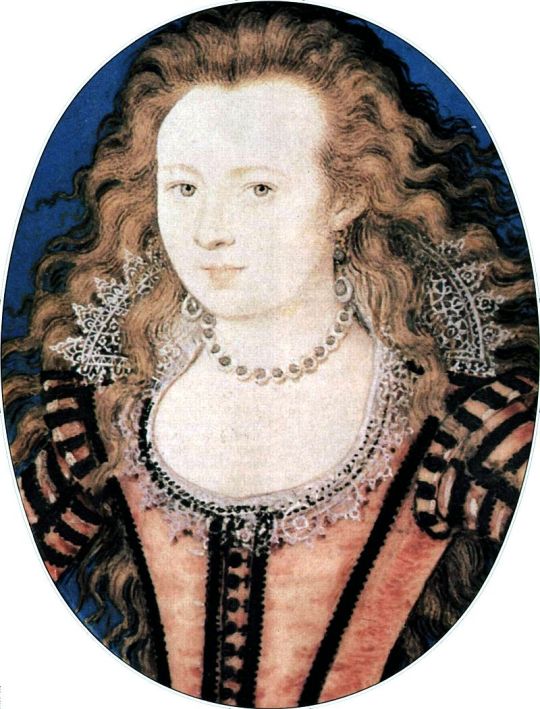
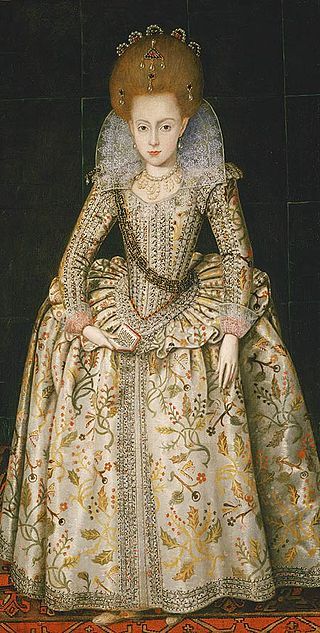
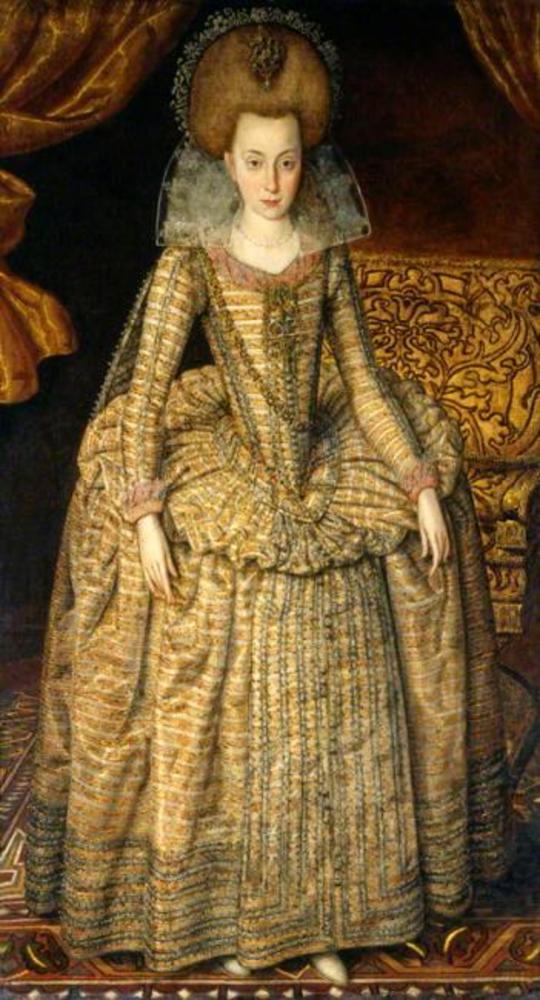






Princess Elizabeth Stuart of England, Queen of Bohemia, 1596-1662
1. 1603 (age 7) 2. By Nicholas Hilliard, ca 1605-1610 (age 9-14) 3. Ca. 1606 (age 10) 4. Ca. 1610 (age 14) 5. Exact identity of sitter unknown, but possibly Elizabeth Stuart. By Marcus Gheeraerts, 1612 (age 16) 6. In mourning for her elder brother, the Prince of Wales. From the studio of Michiel Jansz. van Miereveldt, ca. 1613 (age 17). The year of her marriage. 7. 1613, age 17, the year of her marriage 8. From the Atelier de Mierevelt, ca. 1630 (age 34) 9. From the studio of Gerrit van Honthorst, 1631 or later (age 35+) 10. By Gerrit Honthorst, 1650 (age 54)
#fashion#renaissance#renaissance fashion#17th century#17th century fashion#hairstyles#ruffs#hair ornaments#children's fashion#great farthingale#i do love a standing collar#medici collar
250 notes
·
View notes
Photo

Marcus Gheeraerts I - The Fox and the Stork (based on the fable by Aesop), Illustration from the De warachtighe fabulen der dieren by Edewaerd de Dene, published by Pieter de Clerck in Bruges, 1567. The same story was represented in Bruegel’s Netherlandish Proverbs in 1569.
24 notes
·
View notes
Text


Jacob Van Doort (Flemish, active 1606-1629). Princess Elizabeth of Brunswick-Wolfenbuttel (1593-1650), later Duchess of Saxe-Altenberg, 1609. Oil on canvas
Fig. 6 - John de Critz the Elder (Flemish, 1551-1642). Anne of Denmark, ca. 1605-1610. Oil on canvas


Frans Pourbus the Younger (Netherlandish, 1569-1622). Margherita Gonzaga, Princess of Mantua, 1606. Oil on canvas
Fig. 1 - Robert Peake (English, 1551-1619). Ann Vavasour, ca. 1600. 55.5 x 51. Guildford: National Trust, Hatchlands, 1166065_CC279. on loan


Fig. 2 - Robert Peake the Elder (English, 1551-1619). Catherine Carey, Countess of Nottingham, 1597
Marcus Gheeraerts the younger (Flemish, 1561-1636). Dorothy, Lady Dormer
7 notes
·
View notes
Text

Procession of Elizabeth I and the knights of the Garter at Windsor in 1576. Etching attributed to Marcus Gheeraerts the Elder (circa 1520-circa 1590). The Royal Collection Trust.
#1500s#1500s art#the tudors#tudor#late 1500s#mid 1500s#early 1500s#tudor england#portrait#tudor portraits#elizabeth tudor#elizabeth#queen elizabeth#elizabeth i#queen elizabeth i#tudors#house of tudor#tudor era
19 notes
·
View notes